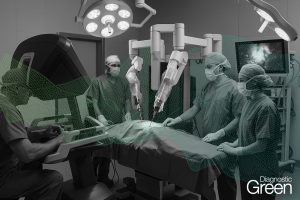Ultrasound, computed tomographic peritoneography, methylene blue, and peritoneal scintigraphy are commonly used to identify peritoneal dialysis-related complications in clinical settings. This study aimed to investigate the diagnostic value of indocyanine green in peritoneal dialysis-related complications and to study the effect of indocyanine green on residual renal function and peritoneal function.
Methods: Twenty male Sprague-Dawley rats were used to establish models, including a pleural effusion model (A, n=4), abdominal hernia model (B, n=4), subcutaneous leakage model (C, n=4), and control (D, n=8). They were injected with a 20 mL mixture of peritoneal dialysate and indocyanine green at varying concentrations prepared for near-infrared fluorescence imaging. We compared the results of near-infrared-I and near-infrared-II imaging. Radiologists evaluated the image quality, morphology, and thickness of the peritoneum, and the residual renal function was assessed using haematoxylin and eosin staining.
Conclusion: Near-infrared-I fluorescence imaging of ICG has a better SBR than near-infrared-II and it is sufficient for diagnosing peritoneal dialysis-related complications and ICG has no impact on residual renal function and peritoneal function. This method has clinical application potential in promptly diagnosing peritoneal dialysis-related complications.




